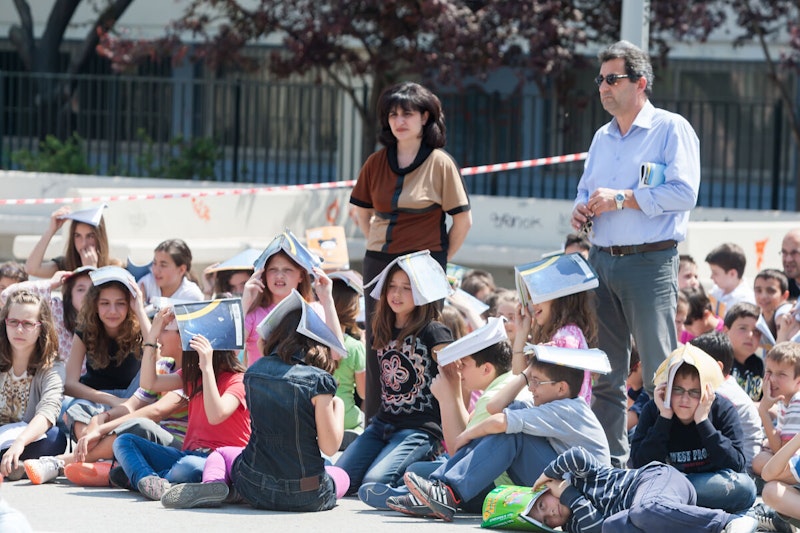Study Notes
GCSE Geography | Tectonic Risk Mitigation: Monitoring, Prediction Protection and Planning (Tectonic Hazards 11)
- Level:
- GCSE
- Board:
- AQA, Edexcel, OCR, Eduqas
Last updated 18 Oct 2024
Mitigating means to make something less severe (ie. reducing the damage caused to people and property) – in terms of mitigating tectonic hazards there are 4 stages of this…
Monitoring – using scientific equipment to detect warning signs of events.
Prediction – using historical evidence along with live data to estimate when and where a natural hazard might happen.
Protection – designing buildings or structures that will withstand natural hazards.
Planning – identifying and avoiding places most at risk, preparing for a disaster.
It is useful to remember these as MP3.
Monitoring and prediction
In terms of monitoring and prediction, earthquakes occur without warning, although scientists can use seismometers to detect the smaller foreshocks that are often a warning of a larger quake. Studying historical records lets us predict where they might occur, particularly along plate boundaries where there hasn’t been much activity lately and pressure may be building up. Animals also exhibit strange behaviour prior to a quake as they can sense that something is wrong.
Volcanoes give off lots of signs of imminent eruptions. They emit radon and sulphur which can be detected and also smelt, scientists can look at bulges in the dome as magma rises to the surface, and changes in temperature and gravity can be measured. The volcano may also spit out ash, smoke and lava in the days and weeks preceding a large eruption.
Protection
In terms of protection there are lots of things that can be done. HICs are able to invest in technology to make their buildings earthquake proof, such as having shock absorbers at the base of the building to take the force of the earthquake so the building sways, rather than collapses. Cross bracing is when buildings are reinforced with steel across to hold them together, rolling weights on the roof means the building doesn’t sway too much and automatic shutters come down to stop the windows smashing and having people injured with shards of glass.
One of the most common methods of protection against volcanic eruptions is digging out channels or building embankments to divert lava away from property, which you can’t protect otherwise. We can also use explosives to destroy the tubes carrying lava under the ground.

Planning
There are lots of plans that we can make to help with hazards events. Earthquake hazards maps can be drawn up to highlight areas at risk. Some countries practice earthquake drills, like we have fire drills in this country. 1st of September is earthquake drill day in Japan (which marks the anniversary of the Tokyo earthquake in 1923, that killed 156,000 people). People should also know how to turn off their gas and electricity supplies to minimize the risk of fires, and should fasten down objects where possible.
Volcano hazard maps are drawn up to show areas most at risk from ash and lava – this means that some areas could be set up as no go areas where everyone has to move out.
And probably obvious advice for all natural hazards is for people to stock up on food, water and fuel, as well as knowing how and where to evacuate to.
You might also like

3 great simulation games for geography lessons
2nd February 2016
Introduction to Plate Tectonic Theory
Study Notes
Natural Hazards | AQA GCSE Geography
Quizzes & Activities